Health Blog
If You Are in Need of More Physical Activity, Try These 7 Tips
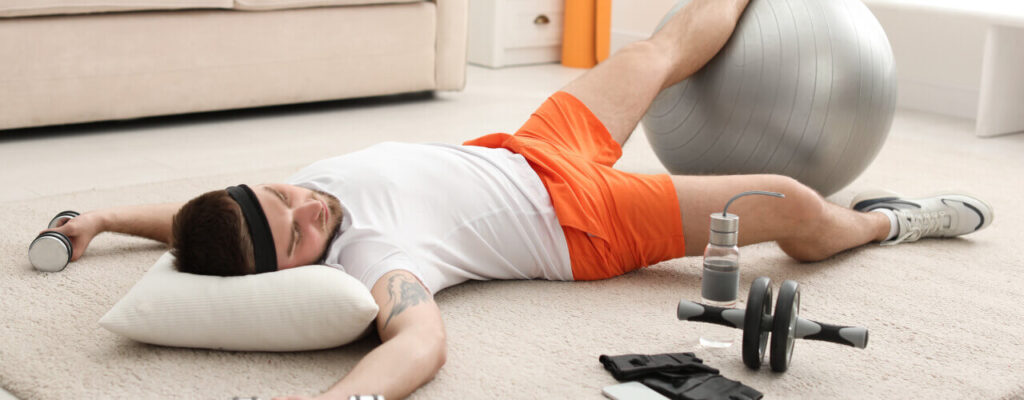
Get Moving Again with These Helpful Tips!
Did you know that 80 percent of the U.S. population falls short of the Physical Activity Guidelines recommended by the Department of Health and Human Services? Millions of Americans are risking serious health consequences simply because they do too much sitting and not enough moving around.
You may not find that information shocking, especially if you’re one of those 80 percent. What really might surprise you, however, is just how easily you can give your daily activity level a dramatic boost.
Read full blogLooking to Improve Your Health, Strength, and Physical Activity? Look No Further

Everyone strives for a healthy, strong, and active lifestyle. However, the reality is that this type of lifestyle is not always easy to achieve, especially for those suffering from chronic pain. Fortunately, physical therapy is a great resource for helping you alleviate your pain and reach your fitness goals.
If you’re looking to achieve a healthier lifestyle and you’re not sure where to start, give our office a call today! We’ll create a treatment plan specific to your needs so you can accomplish your goals through the best methods for you.
Read full blogPhysiotherapy: Treating Arthritis Without Drugs
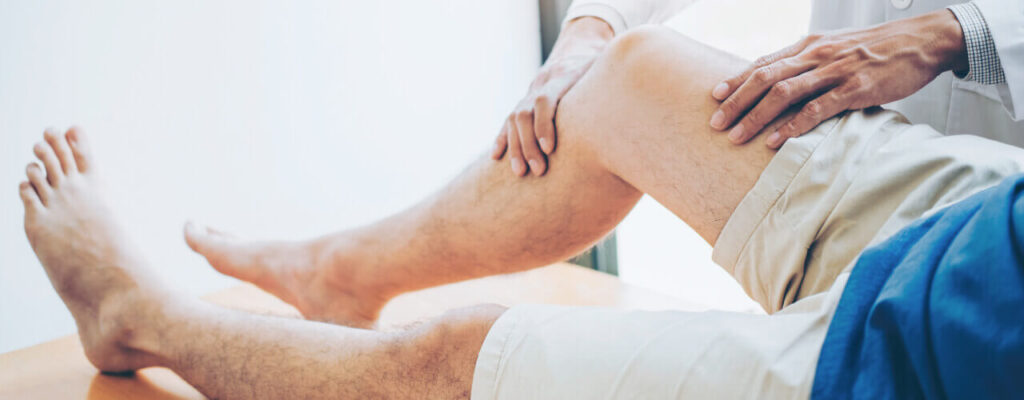
Discover the Ways Physiotherapy Can Help You Find Natural Relief
Are you looking for new ways for treating your arthritis? Stiffness and discomfort don’t have to be a part of our daily lives — and yet many people assume that they’re doomed to suffer from arthritis pain.
If you’ve been losing more and more of your mobility and productivity due to chronic joint inflammation, you may be disappointed by the usefulness of painkilling drugs or even alarmed by the potential dangers of such drugs.
Read full blogSprains vs Strains – Which One Do You Have?
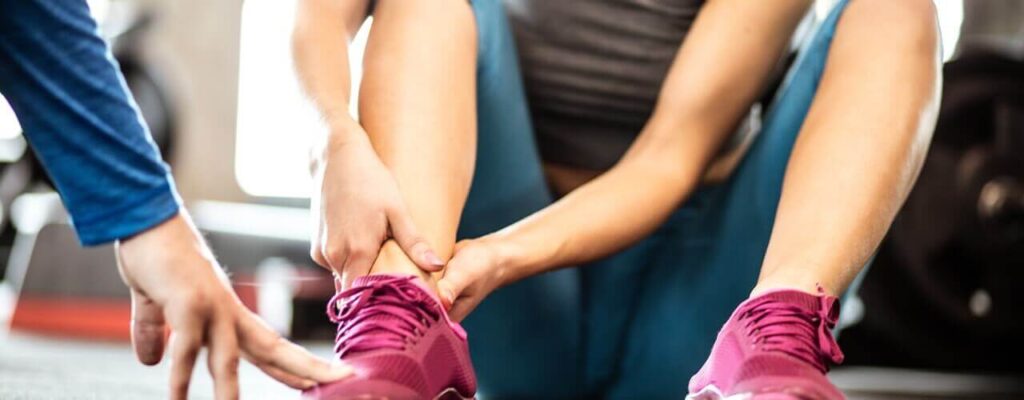
We’ve all been in this scenario: you’re walking down the sidewalk, when suddenly – your ankle slips off the curb. You feel an immediate twinge of pain, but you’re unsure whether or not it requires a trip to the doctor.
It is true that many mild injuries can be treated with the R.I.C.E (rest, ice, compression, elevation) method; however, some injuries require the help of a medical professional.
It can be difficult to determine where your injury falls.
Read full blogIf You Don’t Think Nutrition Has an Effect on Your Aches and Pains, Think Again.

Are Your Dietary Choices Making You Hurt?
Some people eat to live, others live to eat — and still others are feeding their chronic aches and pains without even realizing it. If your pain issues have gotten steadily worse, maybe you need to look at your nutritional choices. Eating too much and/or eating the wrong things can fire up your inflammatory responses and contribute to muscle, nerve or joint pain. Fortunately, you can reverse this trend by adopting a healthy nutritional strategy as part of a holistic physical therapy program.
Read full blogReduce Opioid Consumption and Feel Better with Physiotherapy
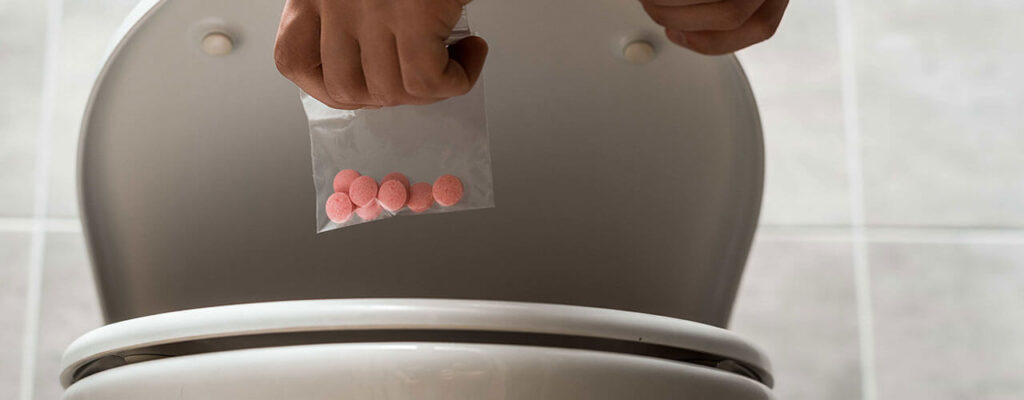
Long-term opioid consumption is not a good strategy for managing chronic pain. In addition to the risk of addiction, opioids simply alleviate the symptoms (pain) of a larger problem. For very real, measurable improvement over chronic pain, physical therapy has been proven to be a much better option than opioids or other pharmaceutical painkillers. If you are considering opioids for pain relief but would like to explore other options first, contact our office to talk with a physical therapist.
Read full blogDo you stretch before and after your workout? If not, you should start.

Working out on a regular basis is a great way to improve and maintain good health. If you’re not stretching before and after your workout, however, you’re not really taking advantage of a complete workout routine. There are several specific benefits of stretching both before and after a workout.
Benefits of Stretching Before a Workout
You should always start your workout with a series of stretching exercises. Stretching 5 to 10 minutes is probably enough for most activities.
Read full blogAddressing chronic back pain: 5 Tips to help you feel better faster

According to the Centers for Disease Control and Prevention, around 1 in 5 people have chronic pain. If you experience pain and discomfort on a daily basis, we encourage you to consult with a physical therapist who can work with you to address the symptoms and causes of your pain and help you gain better function.
Looking for other ways to feel less pain? Here are five of our top tips, all backed by research and relatively easy to implement.
Read full blogAches and Pains in the Morning? Find Out What Might Be Causing Them.

A Troubleshooting Guide to Morning Aches and Pains
Do you leap out of bed excited at the thought of experiencing another morning — or do you just lie there, afraid to move because of the pain you’re likely to feel? Aches and pains are never welcome, but they can really dash your spirits when they plague you from your first waking moments. It helps to understand why these discomforts are occurring in various parts of your body, and how you can put a stop to them through safe, drug-free methods such as physical therapy.
Read full blogNO MORE OPIOIDS! Seek help from a physiotherapist.
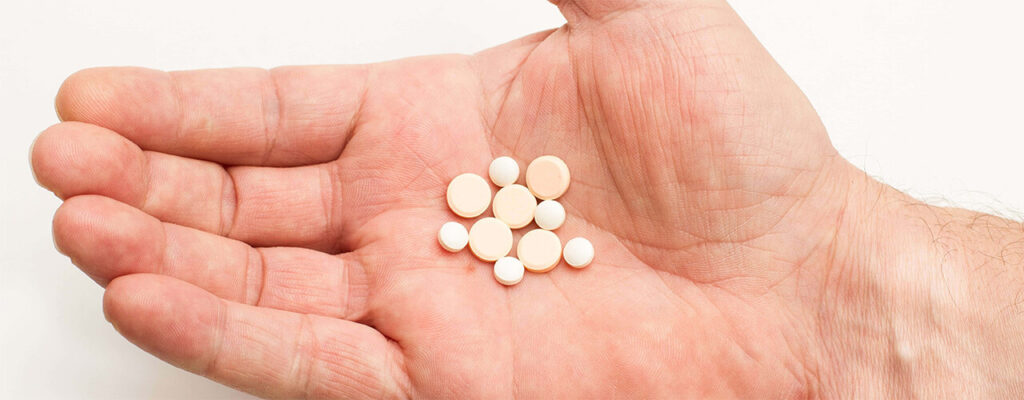
We’re happy to show you exactly how physiotherapy can help you start feeling (and functioning) better than ever.
5 Ways Physiotherapy Can Relieve Your Pain—Drug-Free!
- Manual therapy stimulates healing and ease pain and tension.A physiotherapist is trained in techniques like joint mobilizations and manipulations, massage, myofascial release, Active Release Techniques, and Proprioceptive Neuromuscular Facilitation. These can trigger physical and physiological changes in the body’s connective tissues, central nervous system, lymphatic system, and more.


